
Kawasaki disease is an autoimmune disease described by a systemic necrotizing medium-sized vessel vasculitis. Vasculitis is term that describes group of disorders that are characterized by inflammatory destruction of blood vessels. Kawasaki disease is typically diagnosed in children younger than five years of age, and it generally affects many organs, blood vessels, skin, mucous membranes and lymph nodes. In most severe cases, Kawasaki disease affects the heart, causing coronary artery aneurysms. Coronary artery aneurysm is an abnormal dilatation of part of the coronary artery. Acute Kawasaki disease has good prognosis, but only if it is adequately managed. Without treatment, this disease is associated with mortality rate of 1%. It is estimated that about 10–18% of children with Kawasaki disease develop coronary artery aneurysms.
Signs and symptoms of acute Kawasaki disease
Typically, Kawasaki disease begins with high and persistent fever that doesn’t respond to conventional treatment. The fever may be present for up to two weeks, and a child is generally feeling unwell and it is very irritable. When other symptoms start to appear, they usually include red eyes and bilateral anterior uveitis. Uveitis is the inflammation of the middle layer of the eye. The inflammation also affects mucous membranes in the mouth and causes redness, swelling and cracking of the lip surface. The lips usually appear very dry and inflamed, prone to peeling. The tongue of affected children is very red and lymph nodes may be swollen. Skin rash is also common among the early symptoms, and it is usually non-itchy. However, the peeling of the skin is very common and usually affects genital area, hands, and feet.
Causes of acute Kawasaki disease
As already mentioned, Kawasaki disease is an autoimmune disease that seems to result from combination of different factors such as genetic, environmental and infectious. Scientists have not discovered a single cause for this disease. There is some evidence that Kawasaki disease may be linked to carpet cleaning or residence near stagnant water. However, the exact causal agent has not been discovered. Moreover, Japanese children are more likely to develop Kawasaki disease, regardless of the fact where they are living. This information contributes to the theory of genetic susceptibility, and indicates an association with SNP in the ITPKC gene, responsible for an enzyme that regulates T-cell activation.
Treatment for acute Kawasaki disease
Treatment is essential for Kawasaki disease, and it is aimed to prevent the complications of acute phase - vasculitic changes in the coronary arteries. Children should be hospitalized and treated with intravenous immunoglobulin, corticosteroids and salicylate therapy. Doctors may also recommend specific treatments for eye problems.




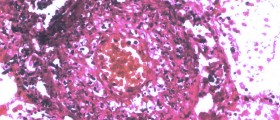
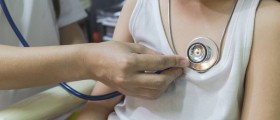

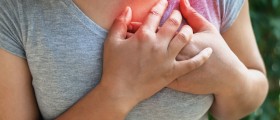






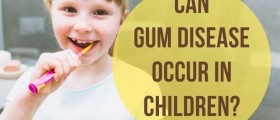

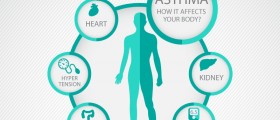
Your thoughts on this
Loading...